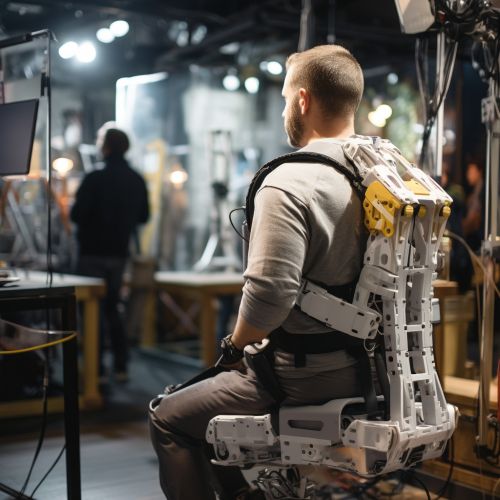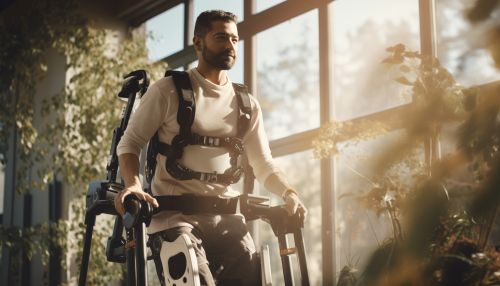The Role of Exoskeletons in Rehabilitation and Assistive Technology
Introduction
Exoskeletons, also known as powered armor, exoframes, or exosuits, are wearable mobile machines that are powered by a system of electric motors, pneumatics, levers, or hydraulics. These systems allow for limb movement with increased strength and endurance. In the field of rehabilitation and assistive technology, exoskeletons have a significant role to play. They have the potential to revolutionize the way we approach physical therapy, mobility assistance, and even the enhancement of human capabilities.


History and Development
The concept of an exoskeleton has been a part of human imagination and scientific curiosity for a long time. The idea of a machine or device that could augment human strength and endurance has been a recurring theme in science fiction literature and cinema. However, it wasn't until the late 20th century that the technology began to catch up with the imagination. The development of more advanced materials, microprocessors, and power systems has made the creation of practical exoskeletons a reality.
Types of Exoskeletons
Exoskeletons can be broadly classified into two types: passive and active. Passive exoskeletons do not have actuators or a power source. They use springs and dampers to store and release energy, and are primarily used to reduce energy expenditure during walking. On the other hand, active exoskeletons have powered actuators that can generate force to assist movement. These are commonly used in rehabilitation and assistive technology.
Exoskeletons in Rehabilitation
Exoskeletons have a significant role to play in the field of rehabilitation. They can be used to assist patients with mobility impairments, helping them to regain strength and movement. For example, a patient recovering from a stroke may use an exoskeleton to assist with arm movements during physical therapy. The exoskeleton can provide the necessary support and resistance to help the patient rebuild muscle strength and relearn movements.
Exoskeletons in Assistive Technology
In the field of assistive technology, exoskeletons can provide mobility assistance for individuals with disabilities. For example, a person with spinal cord injury may use a powered exoskeleton to stand, walk, or climb stairs. This can greatly improve the individual's quality of life, providing them with a level of independence that may not be possible with other mobility aids.
Future of Exoskeletons
The future of exoskeletons in rehabilitation and assistive technology looks promising. As technology continues to advance, we can expect to see more sophisticated and effective exoskeletons. These could include exoskeletons that are lighter, more comfortable, and more adaptable to the individual's needs. Furthermore, advances in machine learning and artificial intelligence could lead to exoskeletons that can adapt and learn from the user's movements, providing a more personalized and effective rehabilitation or mobility assistance.
